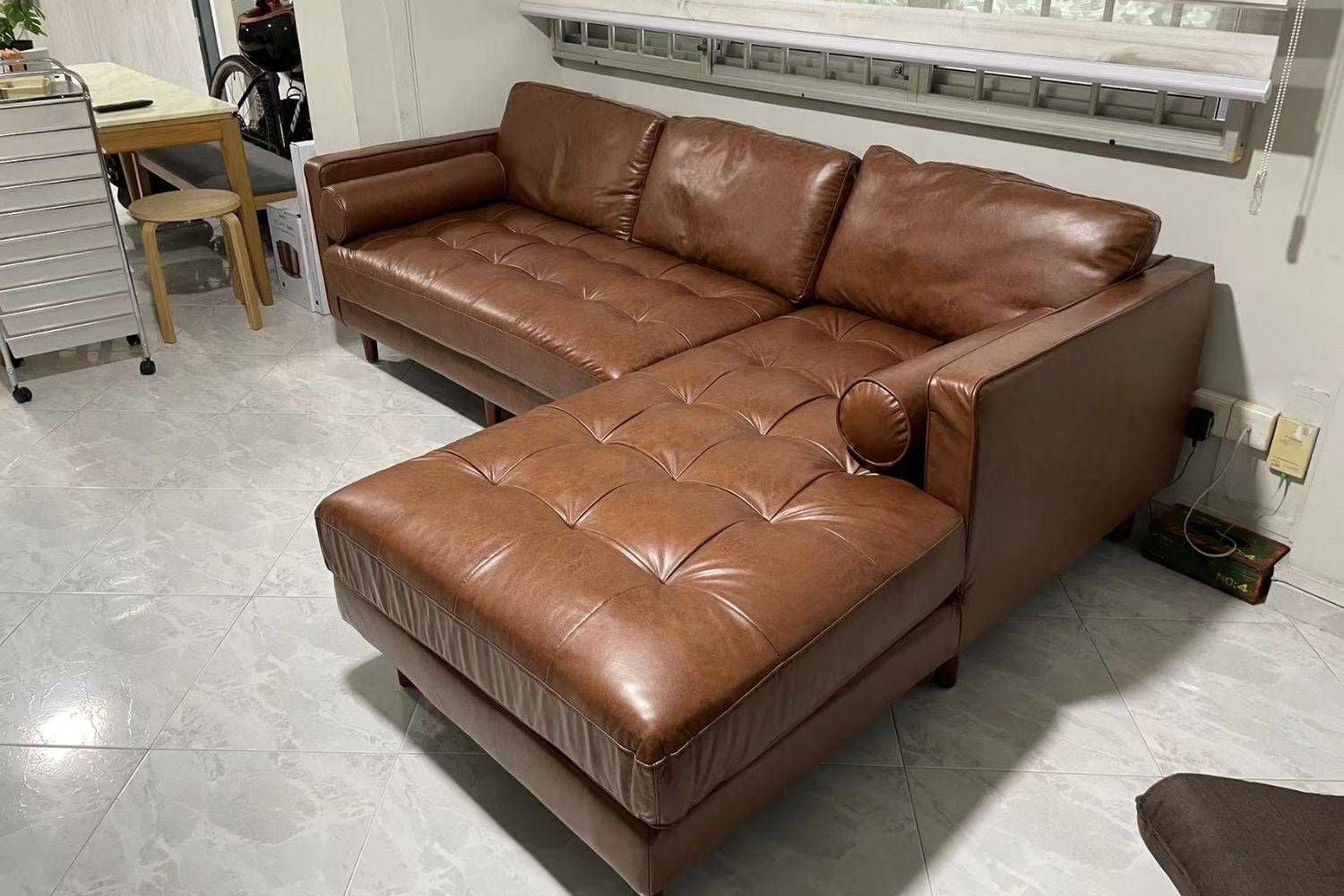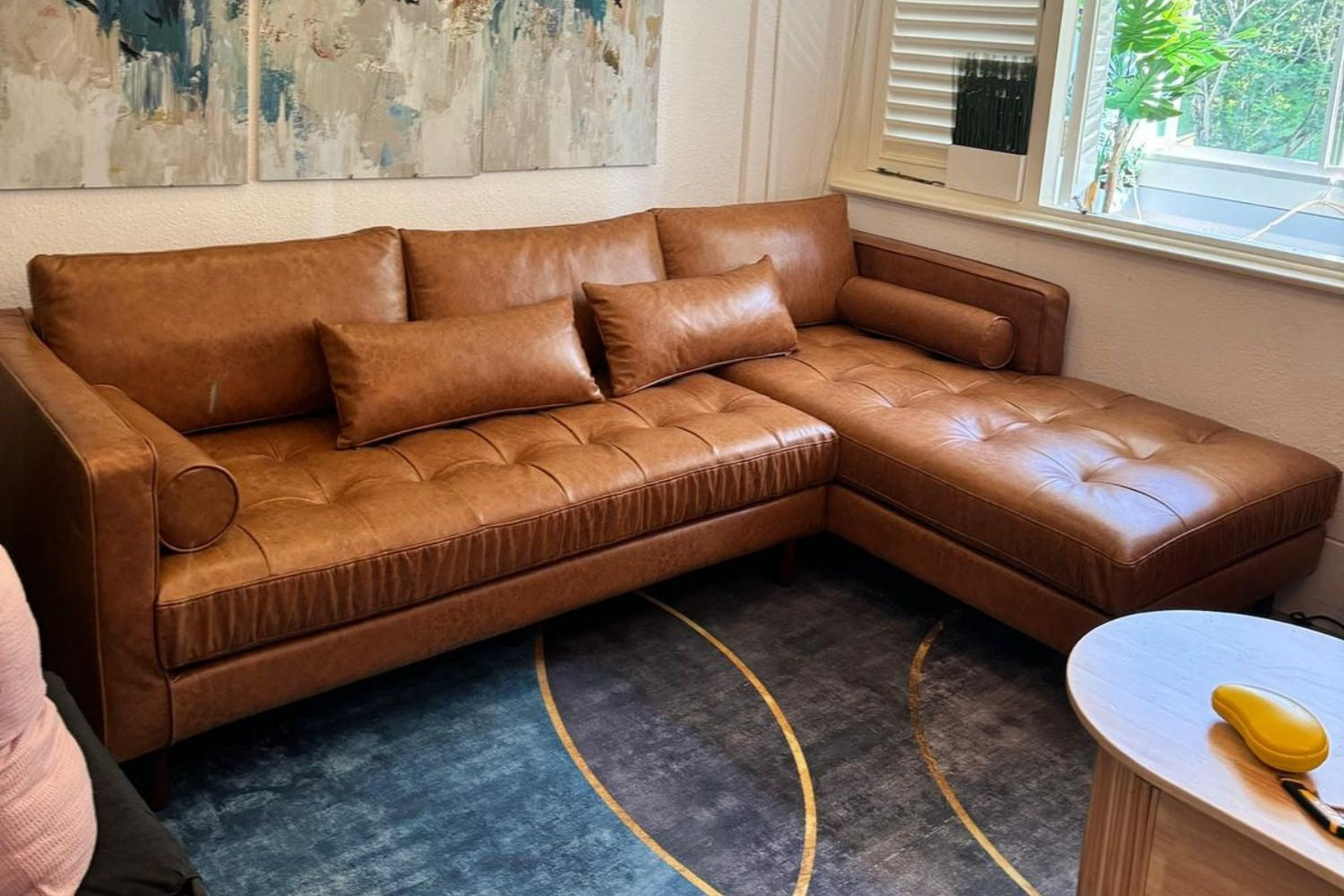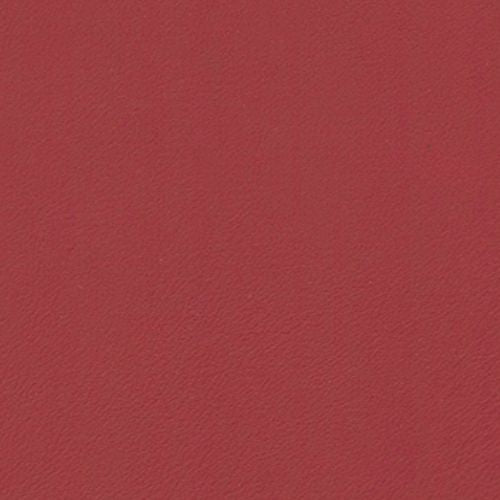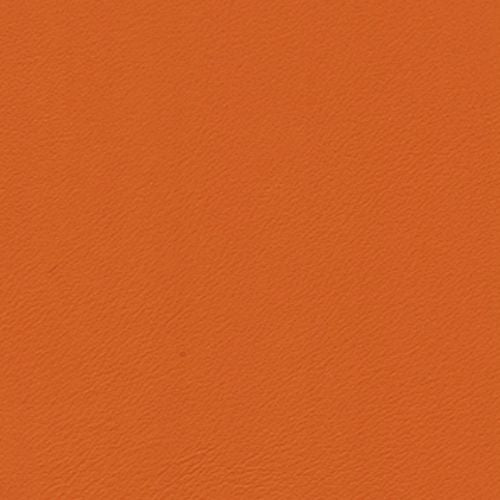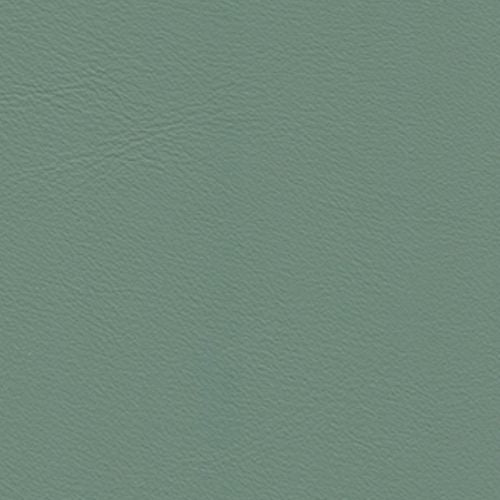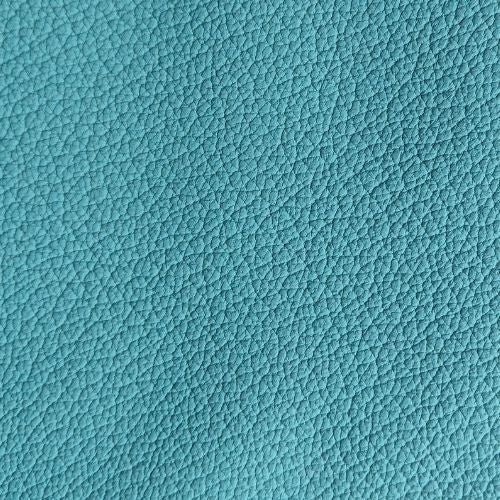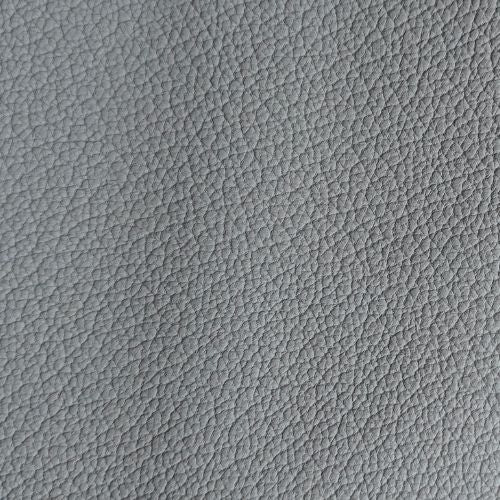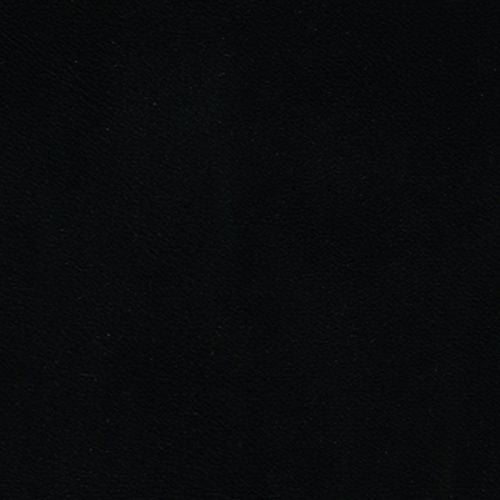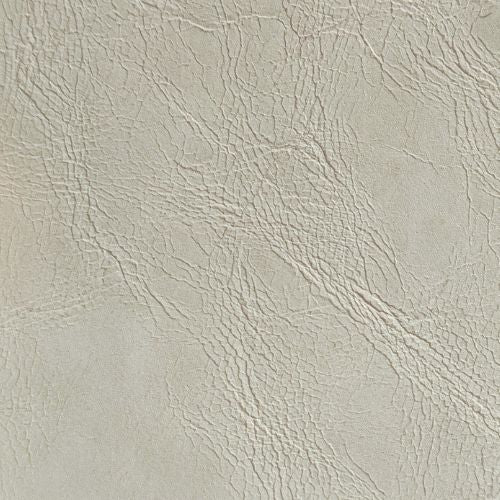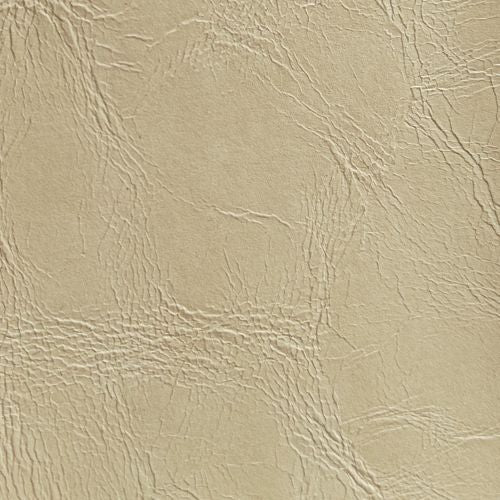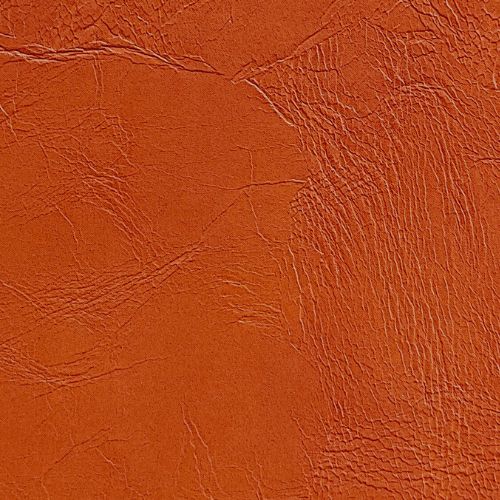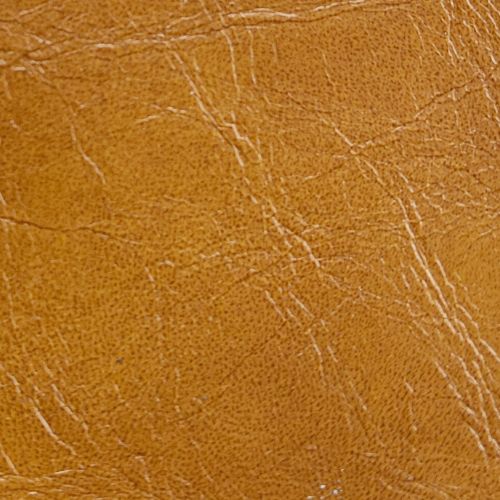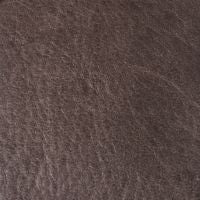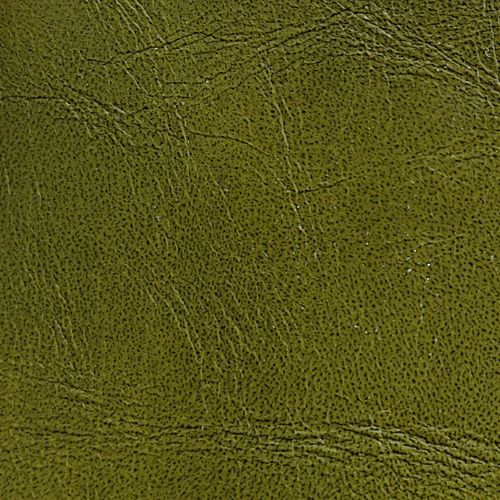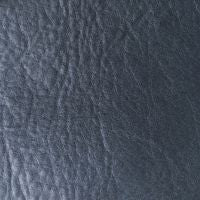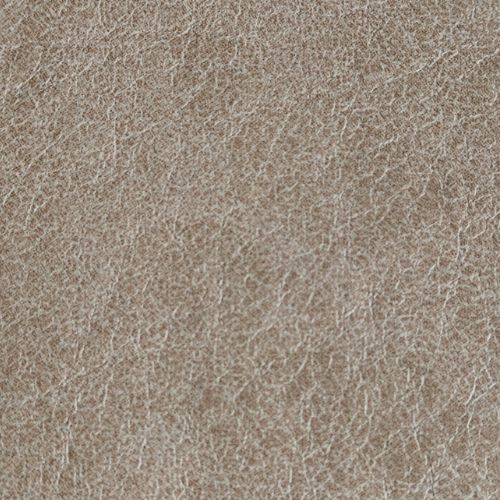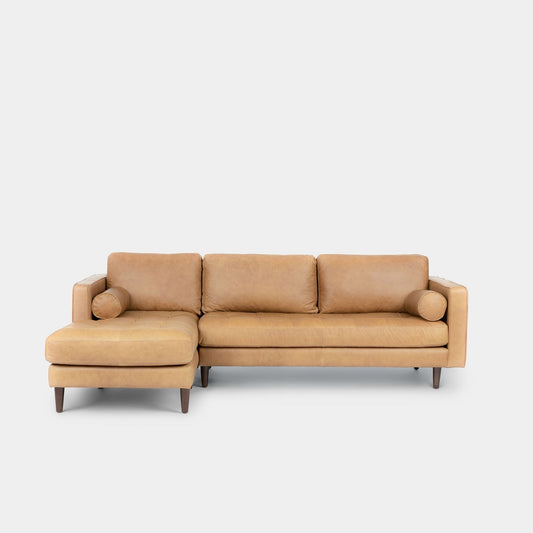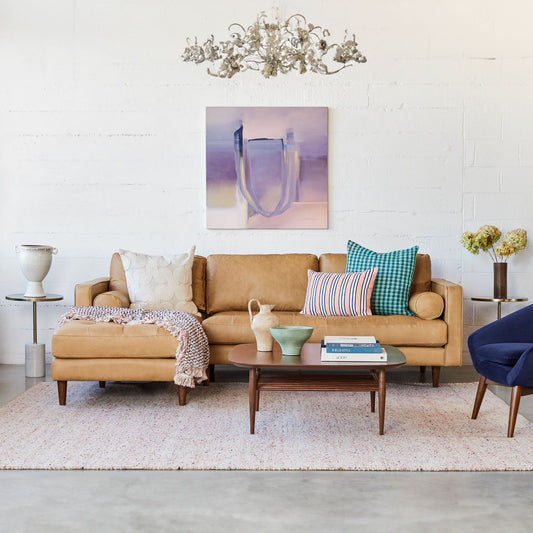Are there any dimension restrictions for choosing an L shape sectional sofa?
Yes, the main restriction is from an aesthetic perspective.
The chaise section of the L shape sectional sofa should not occupy more than 45% of the total width of the sofa.
With most chaise segments around 100 cm in width, L shape sectional sofas are typically 230 cm wide or above.
Should I choose a left-facing or right-facing L shape sectional sofa?
This depends on your space planning.
In compact living rooms, we recommend placing the sectional in a corner with the chaise near the window to maximize space.
Alternatively, if you want the sectional to divide different areas of your living space, place the chaise where the segmentation occurs.
Should I choose an L shape sectional sofa or a sofa with an ottoman?
The decision depends on flexibility and space. A sofa with an ottoman offers more versatile seating arrangements since the ottoman can be moved. This added flexibility might be a better choice in compact spaces.
On the other hand, an L-shape sectional offers a cohesive design with fixed lounging space. For larger rooms or if you prefer a structured layout, the L-shape might be the better choice.
How to choose an L shape sectional sofa for small spaces?
Opt for L shape sectional designs that feature slim armrests, light-colored upholstery, and compact designs as:
- Slim armrests (under 15 cm) maximize seating space without making the sofa feel bulky
- Light-colored upholstery makes the space feel more open and airy
- Compact designs like a 2-seat cushion L-shape instead of a 3-seat cushion model look more proportionate and aesthetically pleasing in smaller rooms
What types of faux leather do you offer?
We offer two types of faux leather finishes - matte and glossy:
- Matte faux leather series: Offers a sleek, modern look, perfect for minimalist and contemporary styles. It provides a subtle, understated finish that blends well with modern decor themes.
- Glossy faux leather series: Brings a more traditional, luxurious vibe, ideal for those seeking a vintage or classic appearance. Its shiny surface adds a touch of elegance and grandeur to spaces with more ornate or retro design elements.
How do I choose which faux leather to use for my L shape sectional sofa?
The choice of faux leather depends on your lifestyle and home decor style:
- If you have pets, our matte faux leather series is more ideal as they are more scratch resistant.
- In addition, consider the overall style of your home to decide between matte or glossy finishes.
- Lastly, explore the colour options and grain patterns across different faux leather series to find the best fit to match your home’s look.
Should I choose faux leather with a flat or textured grain pattern?
The grain pattern is determined by the embossing technique used. When it comes to selection, the following considerations are helpful:
- Durability: Textured grain patterns has a bumpy surface and are often seen as more durability as scratches and creases are less visible.
- Touch: Textured grain patterns feel more rugged and tactile while flat grain patterns provide a smoother, softer touch
- Style: Depends on your personal styling preference
What makes pet friendly faux leather scratch resistant?
When pets scratch on the pigmented surface of faux leather, it may cause the pigment to wear off, leaving scratch marks.
In pet friendly faux leather, the pigment and fabric backing are reinforced with silicone glue, improving adhesion and making it more resistant to scratches.
What is the difference between microfiber, Leathaire, PU, and PVC?
These terms refer to different components used in faux leather production:
- Microfiber describes the fabric backing, which uses very fine fibers. This creates fewer gaps, reducing cracks on the surface over time.
- Leathaire refers to microperforations on the pigmented surface, which improve breathability by mimicking the air pores of genuine leather. However, these perforations may reduce durability.
- PU (Polyurethane) and PVC (Polyvinyl Chloride) are materials used for the pigmented surface. PU is considered a more durable option as it was developed as an improvement to PVC.
